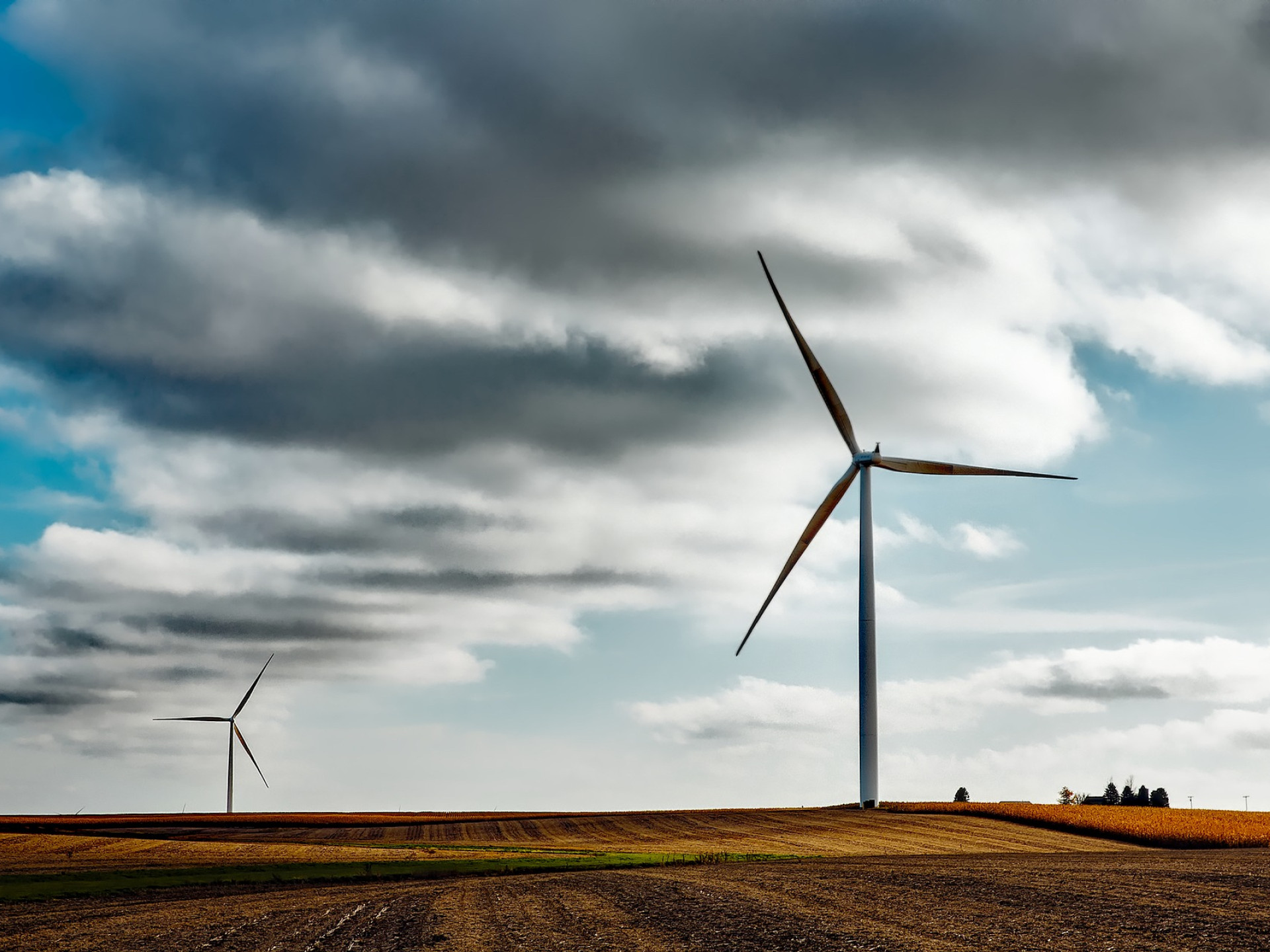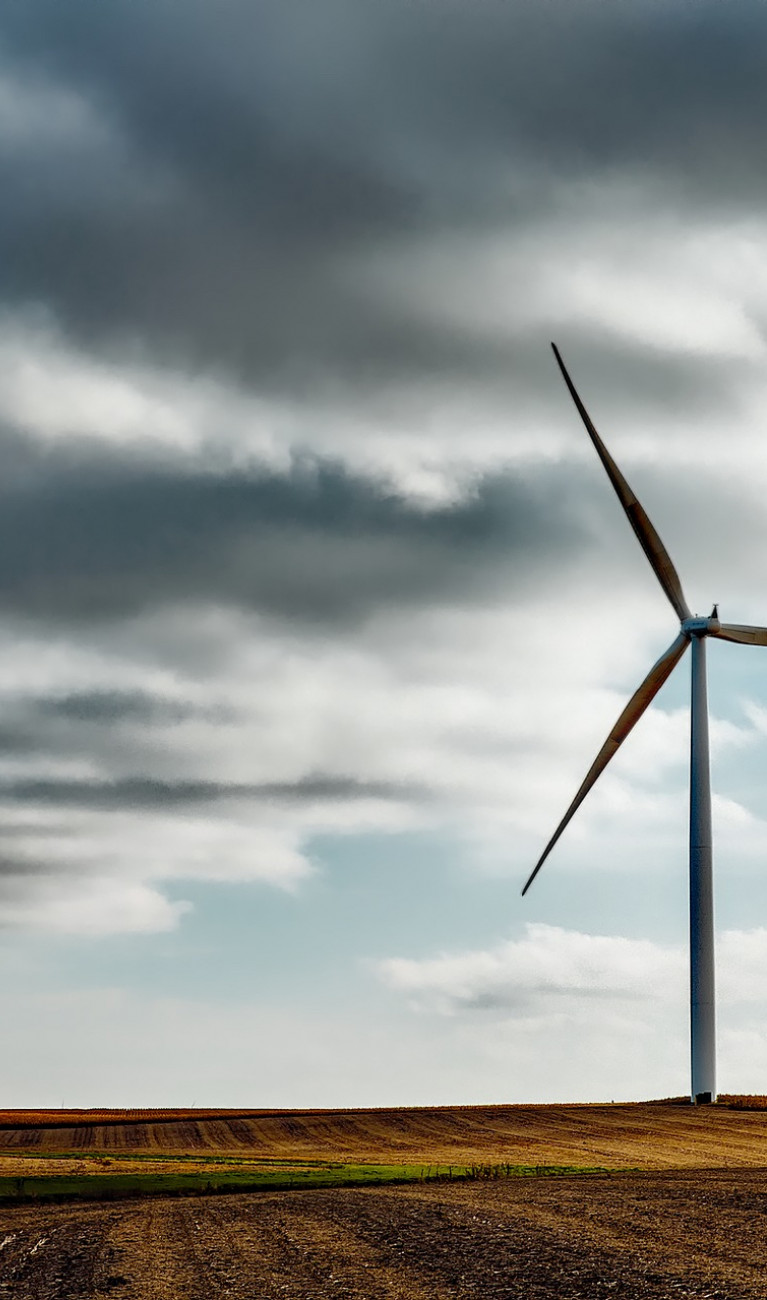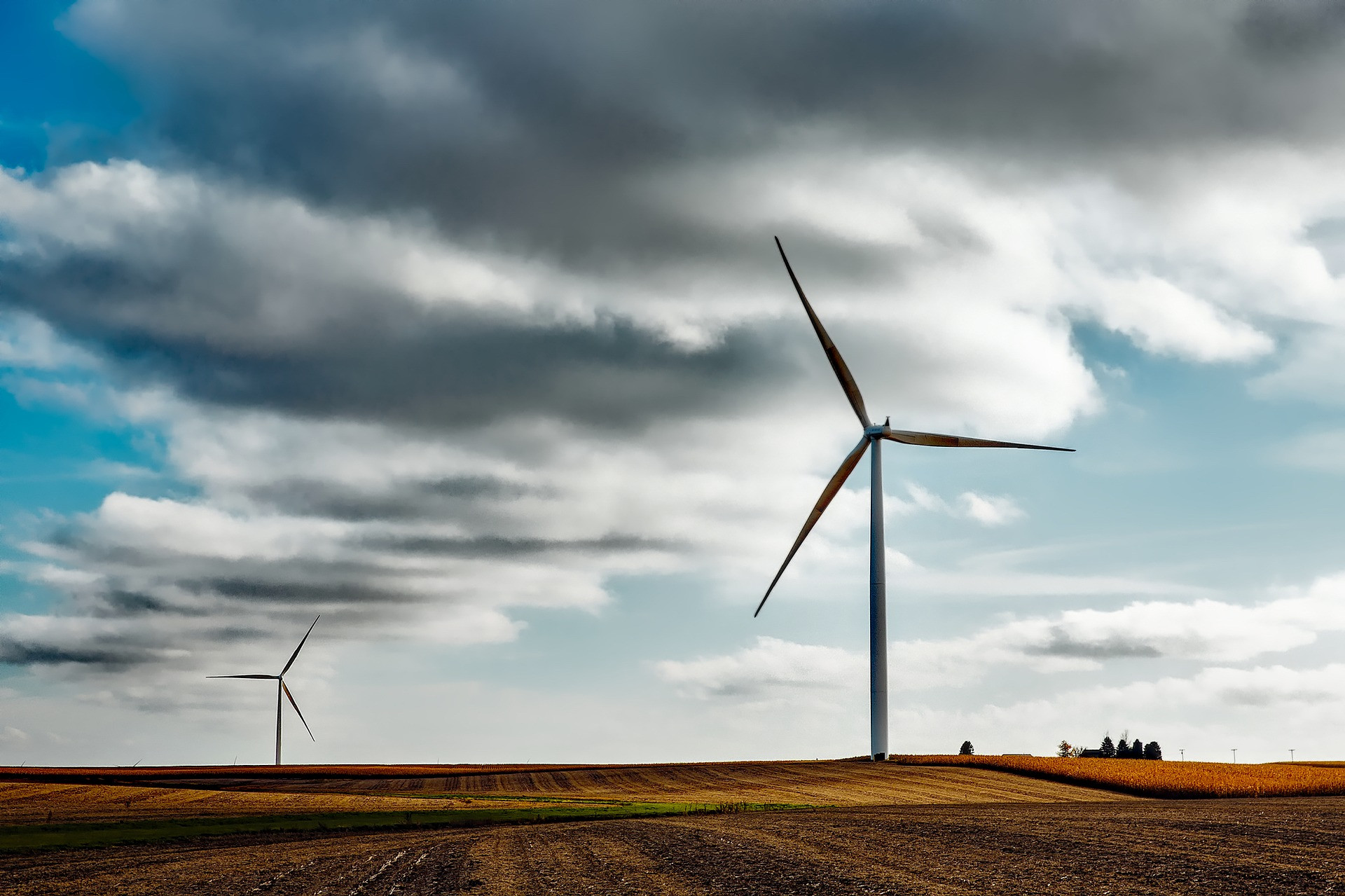Project: Power Generation from Variable Renewable Energies


Participating Centers: UFZ, DLR
Contact: D. Thrän, C. Agert, Y. Scholz, R. Lehneis
Renewable Energy is subject to weather- and climate-related variations. Therefore, comprehensive information on the effects of extreme weather events on energy supply is required for energy provision by terrestrially based Variable Renewable Energy (VRE). In Project 9, the collaboration of UFZ and DLR will enable the provision of this information. DLR is also investigating the influence of weather on energy demand and its changes due to climate change and extreme events.
An important prerequisite for this project is high-resolution weather data for the planned study areas, which - if necessary - will be supplemented by typical data from previous extreme weather events such as hailstorms or long-lasting wind lulls. The UFZ is developing high-resolution simulation models to calculate hourly or higher resolution power feed-in from VRE down to the community level using plant and weather data. In addition, the UFZ has detailed baseline data for onshore wind turbines and photovoltaic systems in every region of Germany. In the project, these models and data sets will be adapted to estimate the impact of extreme events on VRE Power Generation.
The DLR energy data analysis tool "EnDAT" calculates future VRE potentials not only for Germany, but for all of Europe. It therefore works with fewer technological details than the UFZ models. In the project, the EnDAT potential analyses are first calibrated on the basis of UFZ feed-in time series for a past period. In addition, high-resolution analyses of electricity, heating and cooling demand in EnDAT enable the quantification of the impact of climate change and extreme weather events on energy demand in Germany and Europe. Project 9 collaborates with the scenario analysis from Project 1 (Cluster Mitigation): Annual electricity demand and technology data for VRE potential analyses can be retrieved from there, feed-in maps and information on full load/peak load hours can be provided. The results and conclusions from project 9 can also be used for integrated modeling of energy systems and in social science research, which means they can also be integrated into the socio-political debate.
